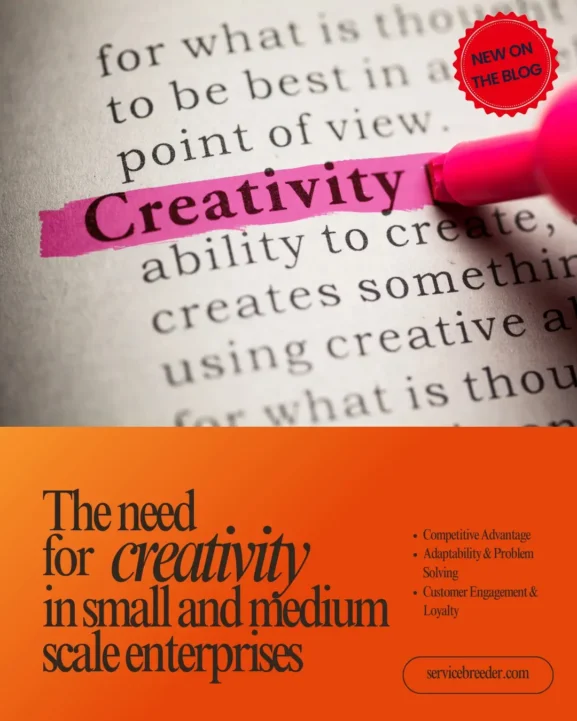Attitude is Altitude
The late Zig Ziglar once said, “It’s your attitude, not your aptitude that determines your altitude”. What it essentially means is that to be successful in any area in life, you need to have the right attitude to approach any task or job. But that must be coupled with determination, tenacity, and above all, zeal to accomplish the same. This has been the key differentiator for several entrepreneurs, and leaders who have achieved great successes.

Attitude is the evaluation of a person, an idea, or an object. Attitude is your mental framework; it’s a particular way of thinking about something. Your attitude affects how you see and experience situations, which in turn affects the future techniques and tactics you will use. At work, your attitude determines the level of success, impact you have on employees and how it influences productivity, morale, and teamwork.
Altitude means height. If a person lacks altitude or capabilities, then training and coaching, should be implemented on the job, these methods can improve their capabilities. Managers and Organizations can hire people who have average or medium capabilities, and try to develop them through experience, training, or coaching. If attempts to train, coach and develop the person are unsuccessful, it may be necessary to move the person to a different job inside or outside of the organisation.
Your altitude depends on your attitude; if you are negative, no matter how far up you are, you will fall, and if you are still attempting to take off, you would linger at the bottom.
Three types of attitudes
The three components of attitude include:
The affective: This relates to a person or an object. If you feel more positive about someone you are more likely to address them in a positive manner.
The cognitive: This is connected to our belief and knowledge about someone or a situation that shapes our attitude.
The behavioural: This involves our actions towards a person or situation.
A successful attitude comes down to:
- Belief – in the possibility of the goal, for without believing that it can be done, it may be impossible to achieve.
- Commitment – to improve and learn new skills that become important to achieving your goal. Lifelong learning is a hallmark of successful people.
- Determination – to push through, no matter the obstacles that get in the way. Overcoming the failures along the road is essential.
- Self-reliance – is the highest expression of self-love knowing you can rely on yourself to push through, to learn and to succeed. Recognising that your success is up to you, and nobody owes it to you.
What can affect an employee’s attitude in an organization?
Wouldn’t it be nice if your employees were all happy people, smiling through each workday? Sadly, that can’t be, because people’s attitudes are dampened and lifted by different factors outside their own control, and they are:
Employee Engagement
Engagement is a term covering employee satisfaction, commitment, and motivation. Ways to positively engage employees include:
- Providing strong leadership
- Line managers who motivate and empower
- Listening to the employee voice throughout the organisation
- Having organisational integrity, i.e., the company living up to its stated values.
The Psychological Contract
The psychological contract is not a legal document, but a conceptualisation of the relationship between employer and employee — and what you expect of each other. The psychological contract is broken when employees feel their employer has acted unfairly or breaks promises. This can negatively impact engagement and job satisfaction, leading to negative workplace attitudes.
Personal issues and problems outside the workplace
Negative employee attitudes can also arise for external reasons. For example, personal or family problems can cause an employee to bring negativity into work. Management can’t solve these problems, but they can take various steps to support the employee and positively manage attitudes.
Identification of Problem Situations
Sometimes, one person is the clear cause of an organization’s problem. Other times, you must identify underlying causes for general discontent. For example, if you enforce unreasonable deadlines for projects, meaning employees must work overtime to meet your expectations, you can expect resentment to build.
Though you should expect the best from your employees, pushing them too hard will test their loyalty and might be bad for morale and employee retention. Other possible causes of bad attitudes include employee perceptions concerning the financial health of your business, insufficient support from management or a feeling that hard work goes unappreciated.
How to positively shape employee attitudes
Prevention is the better than cure, as they say. Rather than wait for negativity to arise, you can use methods to positively shape employee attitudes in your workplace:
Make sure employees have a voice.
When management listens to employees concerns and acts upon them, negativity is less likely to fester. Give employees opportunities to voice concerns, both formally and informally, and take them seriously. It helps sometimes to keep a record of your employee’s concerns; human resource software’s allows you to keep notes on employees.
Make the workplace a positive place.
Some people are naturally prone to pessimism and complaining, but you can’t allow their attitude to bring others down. You can counteract negativity by:
- Praising employees for their successes
- Focusing on solutions instead of problems, by getting employees to think of solutions to their complaints.
How to manage a negative employee attitude
No matter how great your workplace is, you’re going to face negative employee attitudes at some point. And since negative emotions are contagious, you’ll want to deal with them quickly and effectively.
- First, identifying the negative employee, their actions, and the impact they’re having on the workplace.
- Second, talk to the employee. Show them the impact of their attitude and make it clear negativity won’t be tolerated.
- Thirdly, support the employee to change their attitude. Give them an opportunity to explain their problems, [and] encourage them to find a solution and provide help if needed.
Changing your attitude takes practice. But finding the positives in situations is worth the effort. Would you rather spend time working next to a pessimist or an optimist? Would your co-workers prefer to have you complain or tackle challenges with enthusiasm? It might not be easy, but it is simple. You, and you alone, so have control over your attitude.



